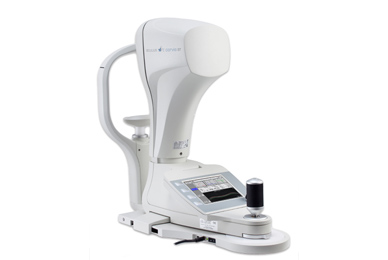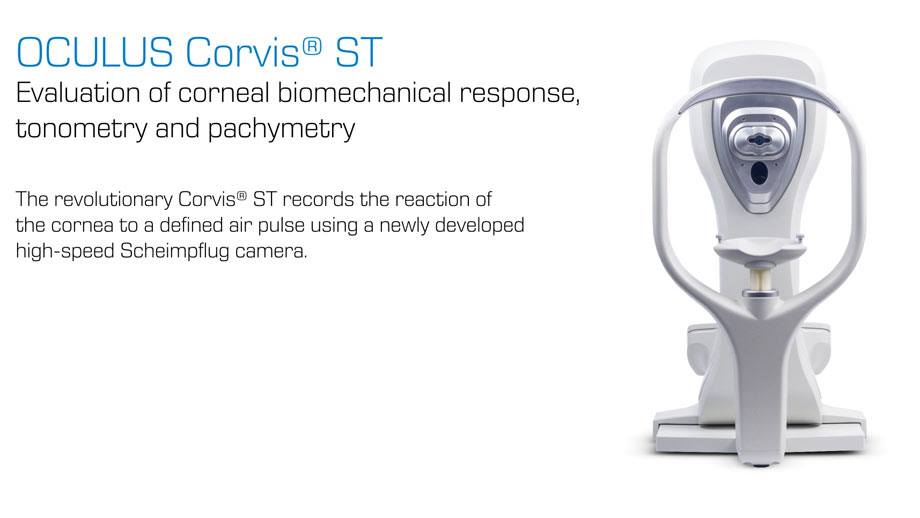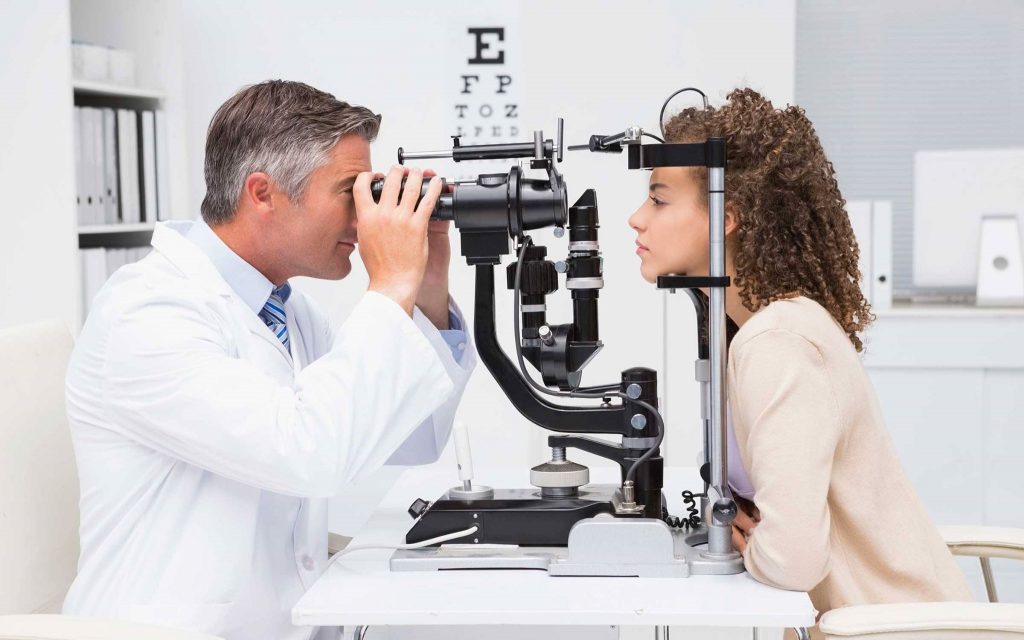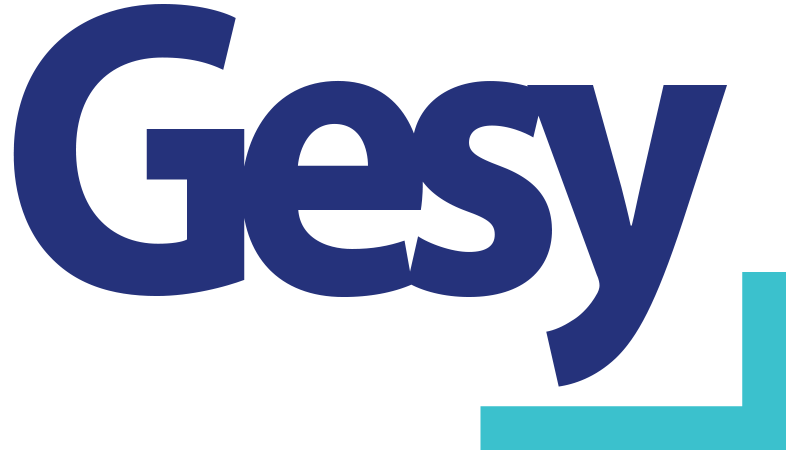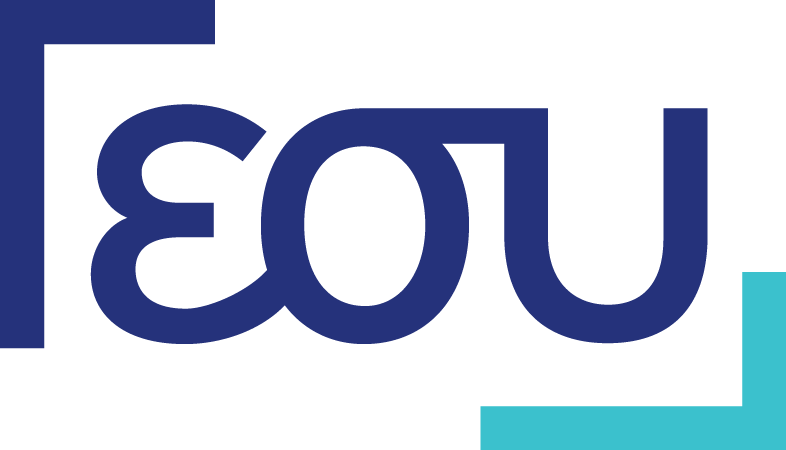Services
- Laser of Myopia, Astigmatism, Hypermetropia
- Cross-linking for Keratoconus
- YAG-Laser for secondary cataract
- Laser for Retinal tears
- Laser for diabetic patients
- Cataract Operation
- Intravitreal Injections of Avastin, Lucentis, Eylea, Cortison
- Follow up of Keratoconus with Pentacam AXL
- Corneal thickness
- OCT-OCTA for Macula and Glaucoma, Eye Tomography
- Visual Fields
- HRT for Glaucoma
- Cornea-Pachymetry
- Tonometry ( Eye-pressure ) with Corvis St
- Chalazion Operations
- Follow up of Myopia with length and keratometric values of the eye
- Fundoscopy
- SLT (Selective Laser Trabeculoplasty)
WE FOLLOW THE GUIDLINES OF THE GERMAN SOCIETY OF REFRACTIVE SURGERY.
This is the reason why after the preoperative check we can decide that we will NOT perform
a refractive laser in your own case. Always, for your own safety. But we will try to do everything
we can to help you make your dream come true. Ask us!
Technique PRK
PRK surgery involves removing the upper layer of corneal epithelium and then remodeling the corneal shape with Excimer Laser.
The epithelium then recovers by covering the surface of the cornea. The epithelium can take between 4 to 10 days until it is closed. During this time there is a therapeutic contact lens on the eye, which will be removed at our center.
Unlike LASIK, PRK does not create incisions in the deeper layers of the cornea, but with the special laser, which is remodelling the surface of the cornea. PRK is postoperatively more painful than Femto-LASIK, and recovery of the final visual acuity, may take some weeks-months.
Method FEMPTO LASIK
The FEMPTO-LASIK refractive method involves two steps, initially creating a very thin flap (Flap) on the surface of the cornea with the help of a FEMPTO-LASER.
The corneal flap is lifted and with the help of another Laser (EXCIMER LASER) the shape of the cornea is reshaped. Then the corneal flap will be placed back in place.
In FEMPTO-LASIK we usually do not use a contact lens.
Recovery of vision is very fast within a few days.
ICL
For those patients deemed unsuitable for correction of their vision by Laser, an alternative could be Implantable Contact Lenses (ICL) Implantable Contact Lenses.
The ICL are implanted inside the eye to correct refractive errors of the eye such as myopia, hypermetropia and astigmatism – basically acting as contact lenses inside your eye. The surgery lasts about 15 minutes for each eye.
In our Eye&Laser center we use only ICL from the Compony Staar Surgical from USA
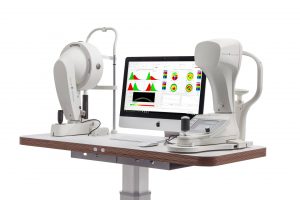
Since Prof. Dr. Theo Seiler , Prof Spoerl and colleagues introduced corneal cross-linking (CXL) in 1997, the procedure has gained significant momentum in the treatment of corneal diseases, particularly corneal ectasia. Using a combination of ultraviolet light (UVA) and riboflavin eye drops, corneal cross-linking has taken a relatively simple combination and created an intriguing treatment paradigm for not only corneal ectatic diseases such as keratoconus, but possibly other indications such as infectious keratitis.
Prof Dr. Seiler, Prof Spoerl and colleagues made popular the “Dresden Protocol” specifying the parameters of CXL.
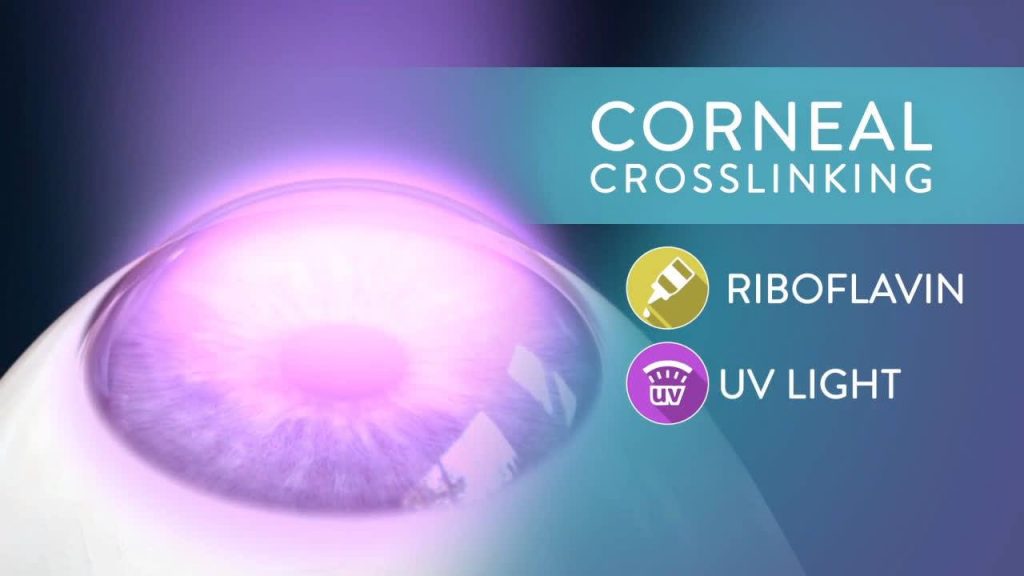
Yag-Laser ( German Company Zeiss)
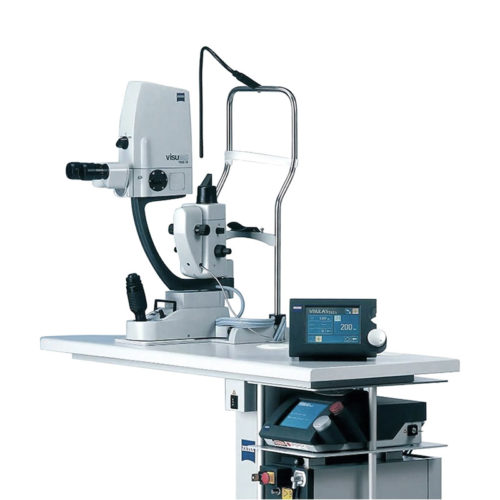
For secondary cataract can be performed in the eye center as well. The session takes only a few minutes and it is painless.
As a result of abrupt disconnection of the vitreous body of the inner eye, tears or holes may be created in the retina. The holes MUST be treated with a special LASER, which we have in our Eye & Laser center.
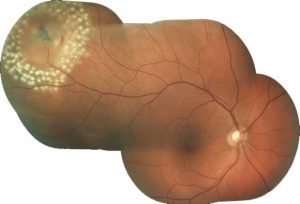
LASER from NAVILAS (Made in Germany)
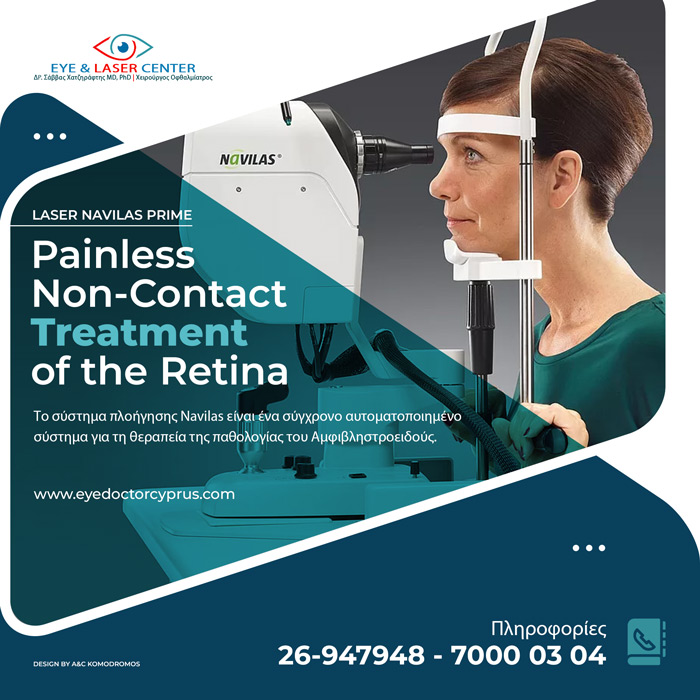
Diabetic Retinopathy-Maculopathy
The most serious of the diabetic eye diseases involves the retina and is called diabetic retinopathy. The condition causes severe damage to the blood vessels that supply nutrients to the retina. This damage to the retina results in bleeding, tissue necrosis and neovascularisation.
Laser photocoagulation will attempt to cauterize bleeding retinal vessels with the help of a bright laser beam. Repeated laser shots prevent abnormal growth of blood vessels. The primary goal of the method is to stabilize vision.
In our center we use the laser of the German company NAVILAS.
The only one in Cyprus that can perform the Laser even without contact with the eye and with operation in infrared light which means much less pain and much less discomfort for the patient, but without reducing the efficiency of the Laser.

Cataract
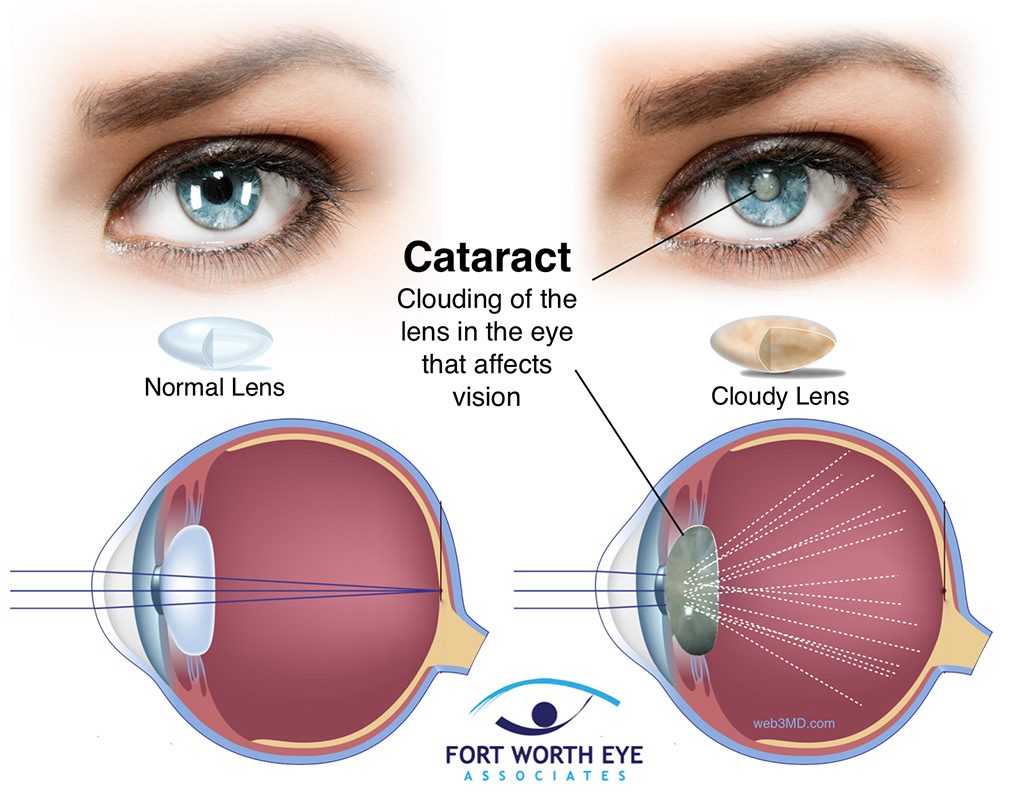
Cataract follow up and cataract operations can be performed in local anaesthesia, under the best hygienic conditions in the best operating rooms in Cyprus, using for example intraocular lenses ONLY from Alcon USA. Do not hesitate to ask us.
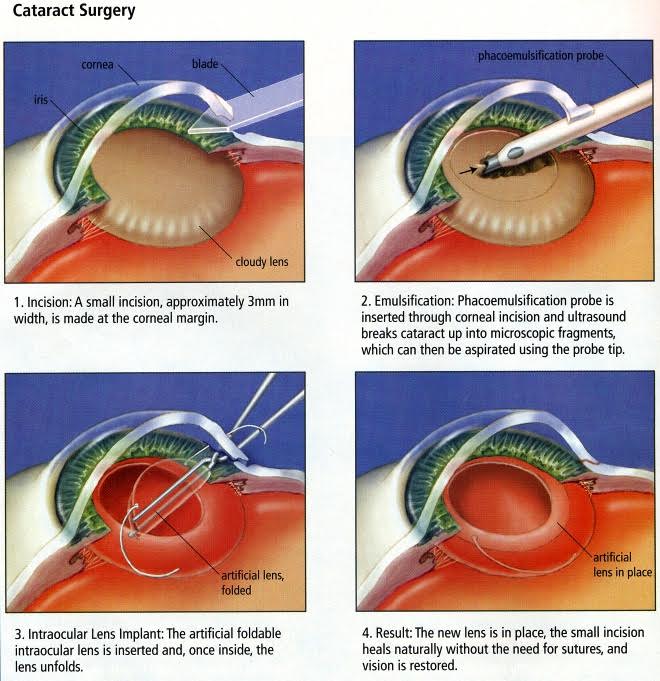
Intravitrteal Injections
The procedure is done by the infusion of specific drugs such as anti – VEGF (Avastin – EYLEA – Lucentis or Cortisone), for the management of macular edema and the pathological new vessels.
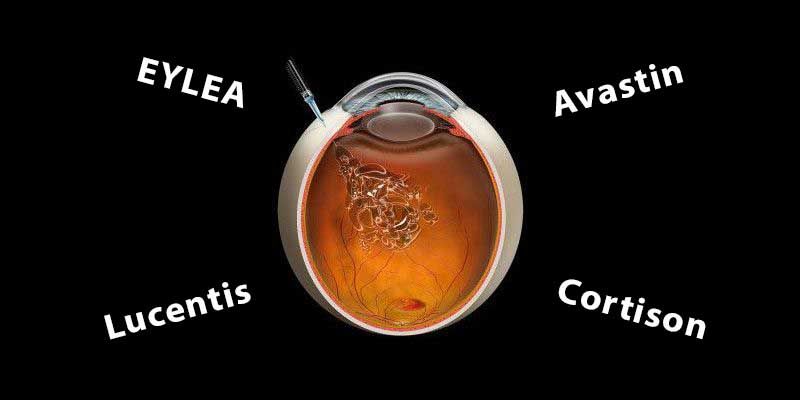
Keratokonus
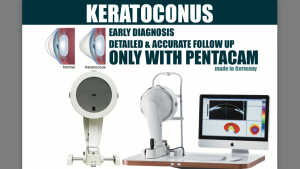
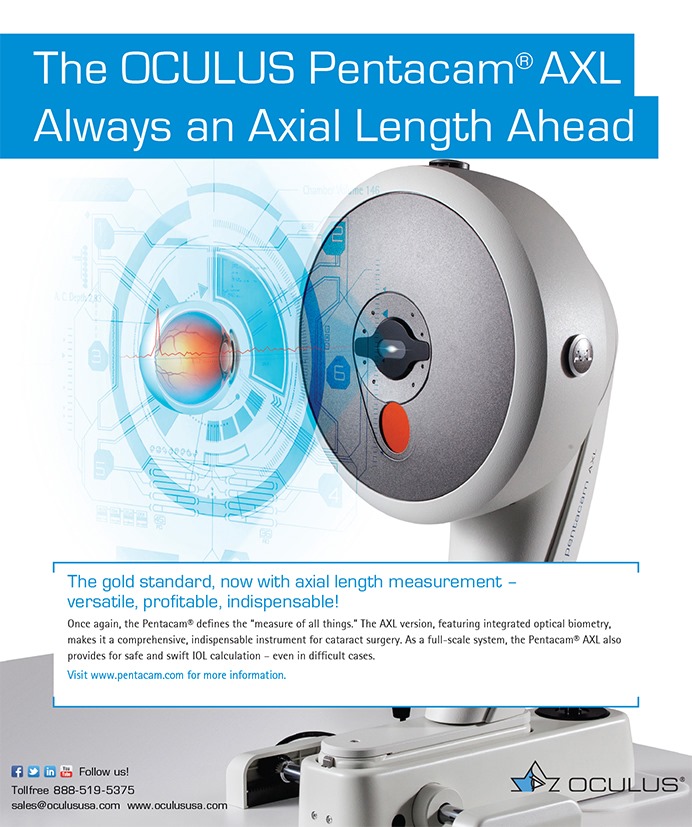
(made in Germany)
The best tool to detect and follow up Keratoconus- even the early forms.
Is an innovative technology for imaging the small blood vessels of the retina and their vascular flow WITHOUT THE USE OF FLUORESCENT DYE. This examination can be performed at our ophthalmological centre due to the well evolved optical tomogra-phy RTVue XR 100 Avanti Edition (Optovue U.S.A.) Advantages It does not require eye drops for mydriasis Usage of Fluorescent dye is not required. A fast and easy method which is painless and comfortable to the patient. Since Fluorescent dye is not used, it doesn’t cause allergies, anaphylactic reaction or nausea to the patient. An anesthesiologist is not required. Allows frequent repetition for a correct monitoring of the patient. It is suitable precedure for all patients, even in those in which the use of contrast material is not allowed (allergy, hepaticrenal function disorders and cardiovascular diseases)
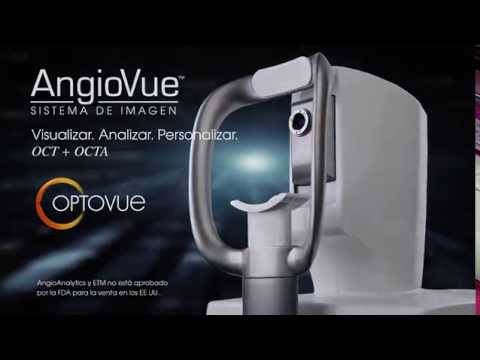
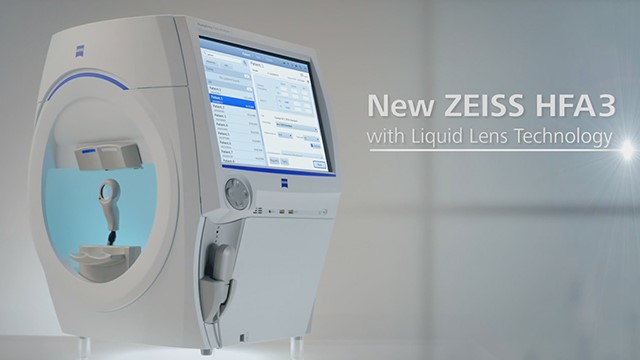
HRT is a special instrument to use for the follow up of the patients who have glaucoma.
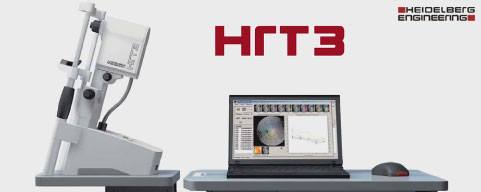
Cornea thickness measurements can be performed in our center as well.
It is one of the most important examinations before refractive Laser treatment, as well for patients with glaucoma. In patients with thick cornea we subtract some points of the eye pressure.
Patients with thin corneas we add some points on the eye pressure.
We also measure the corneal epithelium , very important for the Keratoconus patients.
